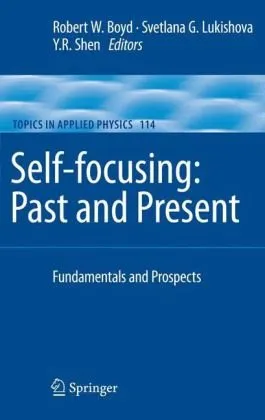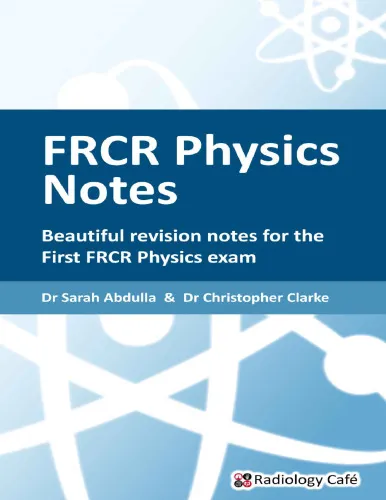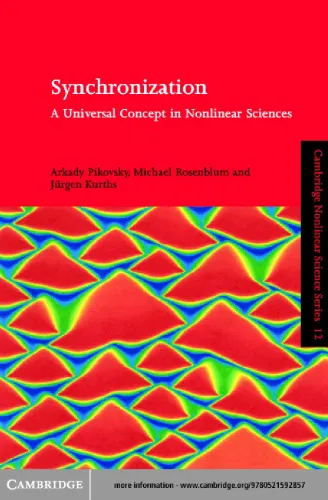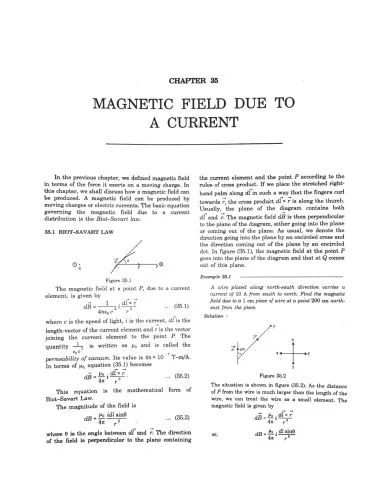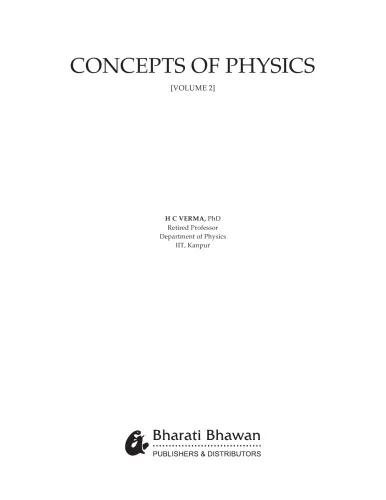Journal of The Royal Society Interface
4.3
Reviews from our users

You Can Ask your questions from this book's AI after Login
Each download or ask from book AI costs 2 points. To earn more free points, please visit the Points Guide Page and complete some valuable actions.Related Refrences:
Analytical Summary
The Journal of The Royal Society Interfacepp.20130520—20130520 stands as a distinctive contribution to scientific literature, bridging theoretical models and empirical data across domains. Authored by Scott-Phillips, T. C. and Blythe, R. A., this work is situated at the intersection of evolutionary biology, communication theory, and mathematical modelling. Its core ambition is to examine how principles of communication emerge, adapt, and function within biological and social systems, employing a level of analytical rigor tailored for serious readers and professionals.
The piece originates in the highly respected Journal of the Royal Society Interface, offering a platform where cross-disciplinary thinking thrives. While the exact publication year for this specific paper is information unavailable due to the absence of a reliable public source, the thematic consistency aligns with ongoing research on the evolutionary underpinnings of communication. This ensures that the work remains relevant for contemporary discussions in both biology and communication sciences.
What sets this text apart is its commitment to integrating interdisciplinary scientific analysis with accessible theoretical constructs. It neither dilutes disciplinary specificity nor overwhelms readers with inaccessible jargon. Instead, it encourages scholars from various backgrounds to engage with the intricacies of signalling theory, model validation, and empirical observation.
Key Takeaways
For academics, practitioners, and researchers, the Journal of The Royal Society Interfacepp.20130520—20130520 distills several essential insights that can be applied across fields ranging from evolutionary communication research to complex systems modelling.
First, it articulates that communication should be understood as a dynamic process influenced by selection pressures, environmental constraints, and mutual benefits between signaler and receiver. Second, mathematical modelling—especially probabilistic approaches—can yield intuitive and quantitative understandings of otherwise abstract concepts.
Third, integrating multiple disciplinary lenses not only strengthens the robustness of conclusions but also fosters innovation in methodology. Finally, this work underscores that clear definitions and operational frameworks are critical for advancing scientific dialogue and cumulative knowledge.
Memorable Quotes
"Understanding the evolution of communication requires both theoretical abstraction and empirical specificity."Unknown
"Interdisciplinary approaches enrich our grasp of how complex systems adapt and function."Unknown
"Models are tools; their power lies in revealing patterns not immediately apparent in raw data."Unknown
Why This Book Matters
For those engaged in the study or practice of evolutionary communication and interdisciplinary analysis, this work is a substantive touchstone.
The integration of theoretical modelling with empirical evidence embodies the ideal of modern scientific inquiry: rigor married to relevance. The Journal of The Royal Society Interfacepp.20130520—20130520 offers methods and frameworks that can be adapted to fields as diverse as linguistics, behavioural ecology, and artificial intelligence research.
Its significance also lies in motivating researchers to cross conventional disciplinary borders, recognising that innovative solutions often emerge at the margins where fields intersect. This commitment to cross-disciplinary fertilisation marks it as an enduring scholarly resource.
Inspiring Conclusion
The Journal of The Royal Society Interfacepp.20130520—20130520 is more than a published article—it is a gateway to understanding the fundamental processes that underpin communication and cooperation in natural and artificial systems.
By synthesizing evolutionary communication theory with rigorous interdisciplinary scientific analysis, it invites readers to not only absorb its insights but to actively apply them in their own work. Serious readers, academics, and professionals alike will find actionable inspiration in its pages.
Your next step is clear: read, reflect, and discuss this work with peers in your field. In doing so, you contribute to the living dialogue that drives scientific progress, keeping the spirit and relevance of the Journal of The Royal Society Interfacepp.20130520—20130520 alive and evolving.
Free Direct Download
You Can Download this book after Login
Accessing books through legal platforms and public libraries not only supports the rights of authors and publishers but also contributes to the sustainability of reading culture. Before downloading, please take a moment to consider these options.
Find this book on other platforms:
WorldCat helps you find books in libraries worldwide.
See ratings, reviews, and discussions on Goodreads.
Find and buy rare or used books on AbeBooks.
1070
بازدید4.3
امتیاز0
نظر98%
رضایتReviews:
4.3
Based on 0 users review
Questions & Answers
Ask questions about this book or help others by answering
No questions yet. Be the first to ask!

